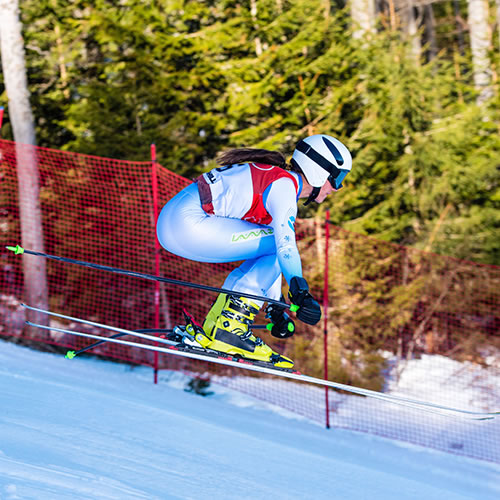January - March
Slovenia can be bitterly cold in the first few months of the year. Heavy snowfall is expected in the Alpine regions, and even Ljubljana can expect moderate snowfall in January and February. March tends to be a drier month for much of the country. In the first few months of the year, many parts of the country experience a lull in tourism. Many hotels and attractions in rural and mid-size areas close. It is high season at the ski resorts, however. Highs in Ljubljana start the year in the upper 30s Fahrenheit on average, with lows in the 20s. By March, temperatures warm into the low 50s on average, with morning temperatures in the middle 30s. Lake Bled is just a tad warmer, but more snow falls here. Maribor`s lows in January drop to the low 20s, with highs in the upper 30s. Morning temperatures rise above freezing only in the month of March. Winter highs in Koper range from the mid-40s in January to the mid-50s in March; lows are in the middle 30s to low 40s on average.
Holidays and festivals:
January 1-2: New Year`s Day (Novo leto). For the first two days of the year, nearly all businesses are shut down as the country celebrates with their families and friends. (national holidays in Slovenia)
January 6: Epiphany (Razodetje), the manifestation of Christ to the Gentiles. Observed by many Slovenian Catholics but it is not a state or work holiday.
Early February (one week): Winter Swimming World Championships, Lake Bled
February 8: Prešeren Day (Prešernov dan), observed on the anniversary of the death of Slovene national poet France Prešeren (1800-49). It is a celebration of Slovene culture and achievements. (national holiday in Slovenia)
February or early March (10 days, moveable): Kurentovanje Carnival, Ptuj, one of the oldest and most popular carnivals in the country. The carnival celebrates the rites of spring and fertility and occurs on and around Shrove Sunday, the Sunday before Shrove Tuesday/Ash Wednesday.
Shrove Tuesday (February or March): The Grand Carnival Ball and the International Carnival Procession, Bled, attended by more than 50,000 visitors.
March or April: Easter Sunday and Monday (Velika noc, meaning `great night` -- as in Jesus Christ rising from the dead at the end of `that great night`). These days are not national holidays, but since Slovenia is a traditionally Catholic nation, everyone is given time off work, so there will be widespread business and infrastructure closures across the country on both days.



